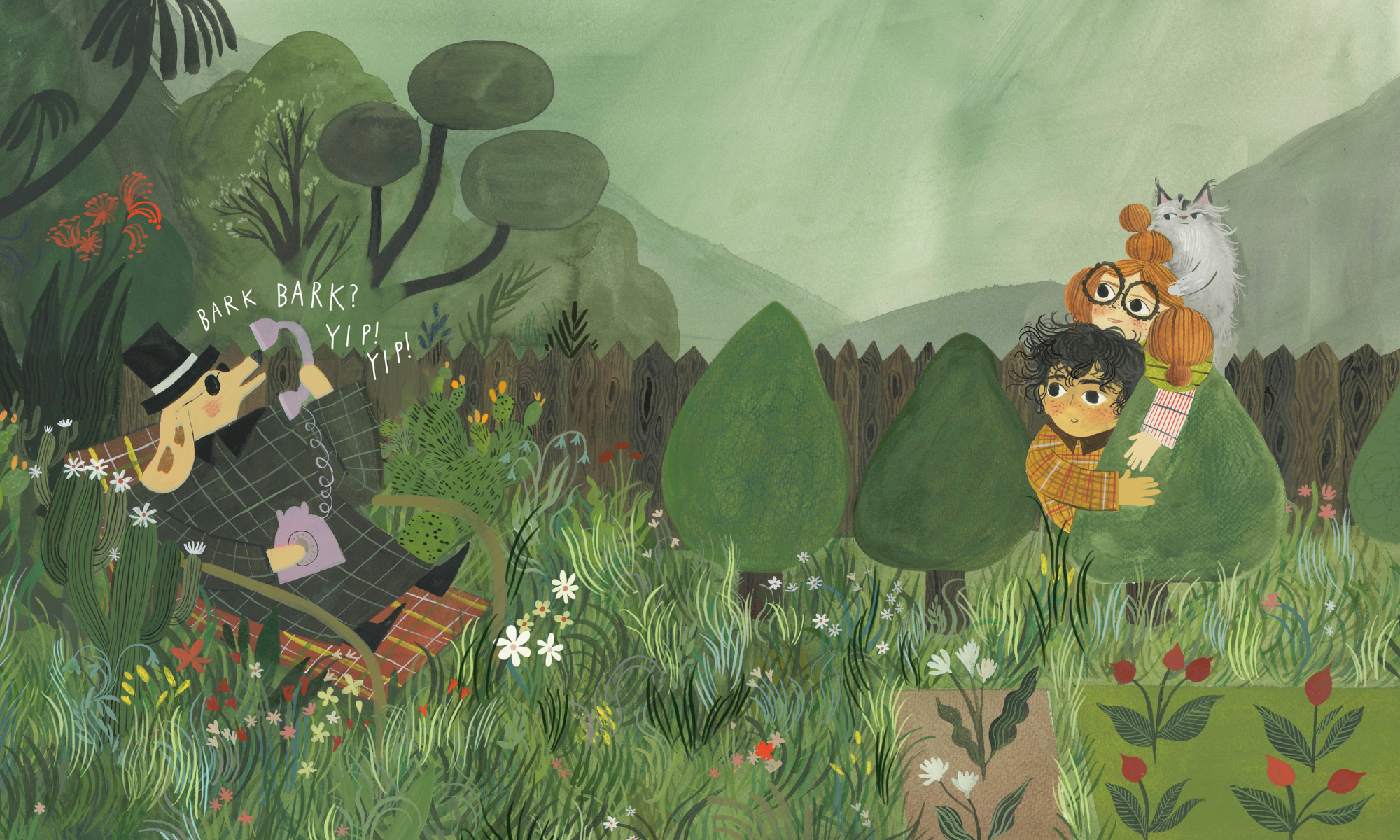Written by Janet Willen and Marjorie Gann
The kids we meet at schools – in Canada, the U.S., even Israel – are always bursting with questions about slavery:
“Is it true that white people were slaves too, not just black people?”
“Are there still slaves today?”
“Isn’t it illegal?”
“Can we end slavery? How?”

August 23 is UNESCO’s International Day for the Remembrance of the Slave Trade and of its Abolition. So now is a good time for us to think about all the people who were captured and sold into slavery in the long history of the world, and of those who fought to end slavery. Even more important, it’s a time to think about what we can to do end slavery today.
As we explain in Five Thousand Years of Slavery, Slavery has existed in all times and all places, and people of all races, religions, and nations have been slaves. Slaves did the hard work that built immense palaces in Ancient Babylonia. They mined silver and gold in the Roman Empire. In the Middle Ages, people captured in Britain became slaves in Ireland, and people captured in Ireland became slaves in Scandinavia. In the 1700s, North Africans enslaved American and European sailors they seized on the Mediterranean Sea. African slaves drained marshes in Iraq in the 800s and planted the sugar cane and cotton that made Britain and America rich in the 1800s. Chinese girls did their owners’ bidding until the 1920s.
 And today, twenty-seven million people are enslaved. Though slavery is illegal almost everywhere, laws aren’t always enforced. Schoolchildren are forced to pick cotton in Uzbekistan, and prisoners are forced to work in slave labor camps in China, North Korea, and Cuba. Poverty often drives parents to sell their children into slavery. Five Thousand Years of Slavery tells the story of James Kofi Annan, sold by his father to work on a fishing boat in Ghana.
And today, twenty-seven million people are enslaved. Though slavery is illegal almost everywhere, laws aren’t always enforced. Schoolchildren are forced to pick cotton in Uzbekistan, and prisoners are forced to work in slave labor camps in China, North Korea, and Cuba. Poverty often drives parents to sell their children into slavery. Five Thousand Years of Slavery tells the story of James Kofi Annan, sold by his father to work on a fishing boat in Ghana.
Abolitionists can make a huge difference. Englishman Thomas Clarkson organized the movement that ended the West Indian slave trade in 1808. Harriet Tubman, a runaway American slave, returned to the American South nineteen times before the Civil War to free over three hundred slaves. Today, the former slave James Kofi Annan is taking on the cause of child slaves through his own organization, Challenging Heights.
As we tell the schoolchildren we meet, everyone can help in the fight against slavery. You can:
- Visit the websites of antislavery organizations like Free the Slaves and Antislavery International. Free the Children is just for young people, with projects they can do at home and at school to fight child labor.
- Buy fair trade products. Look for labels like “Fair Trade USA,” “Fair Trade Canada,” or “GoodWeave” when you buy chocolate, coffee, or rugs. Check other items at Not for Sale Campaign.
Though the fight against slavery seems insurmountable, it is a fight worth waging.
